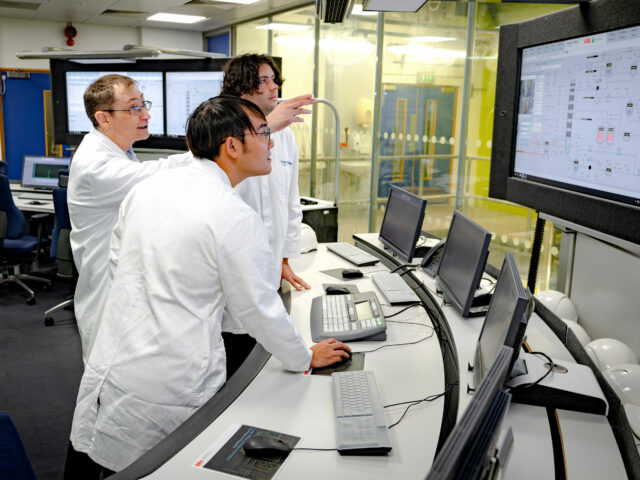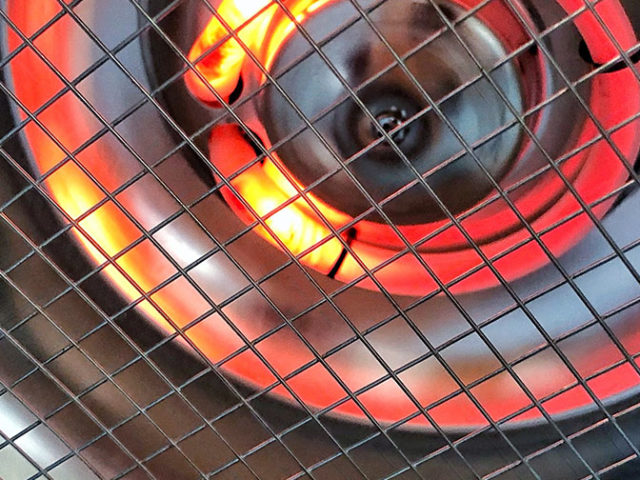The fifth edition of the China Hardware Innovation Camp (CHIC) drew a record 47 participants comprising eight teams, four of which included EPFL master’s students. After months of preparation, they concluded a two-week prototyping trip to Shenzhen and Hong Kong at the end of July.
“This year pushed us beyond our limits. We learned a lot, but now we have to decide whether and how to keep scaling up,” says program co-founder Marc Laperrouza, a scientist and lecturer in the College of Humanities (CDH). CHIC is an elective program in CDH’s Minor in Science, Technology and Area Studies (STAS), supported in part by the Canton of Vaud.
The interdisciplinary program gives students in engineering, business and design an immersive, real-world experience with prototyping a connected device. In addition to building technical skills, students learn how to identify needs, pitch a product, create a business model, and communicate across cultures.
“What I enjoyed most was also what I found most challenging: working with people from other fields. By listening to them and watching them I could learn so much, and at the same time I was confronted with a very different way of working,” says Materials Science and Engineering student Tomas Turner, who worked on the Tengo project.
Problem-solving prototypes
The EPFL students helped develop connected devices – Caring, Akane, Tengo, and HapStick (see box) – designed to meet a specific need. “We’re seeing more and more devices that are for the public good, or that have some kind of social utility,” says Laperrouza, adding that teams have total liberty when it comes to deciding what they want to develop.
“The hardest thing was to realize a new device from scratch. It was the first time that we had to do something that was not guided by any professor or assistant. This was challenging, but also a very valuable experience,” says Maxim Bianchini, a master’s student in Robotics who worked on the Caring project.




